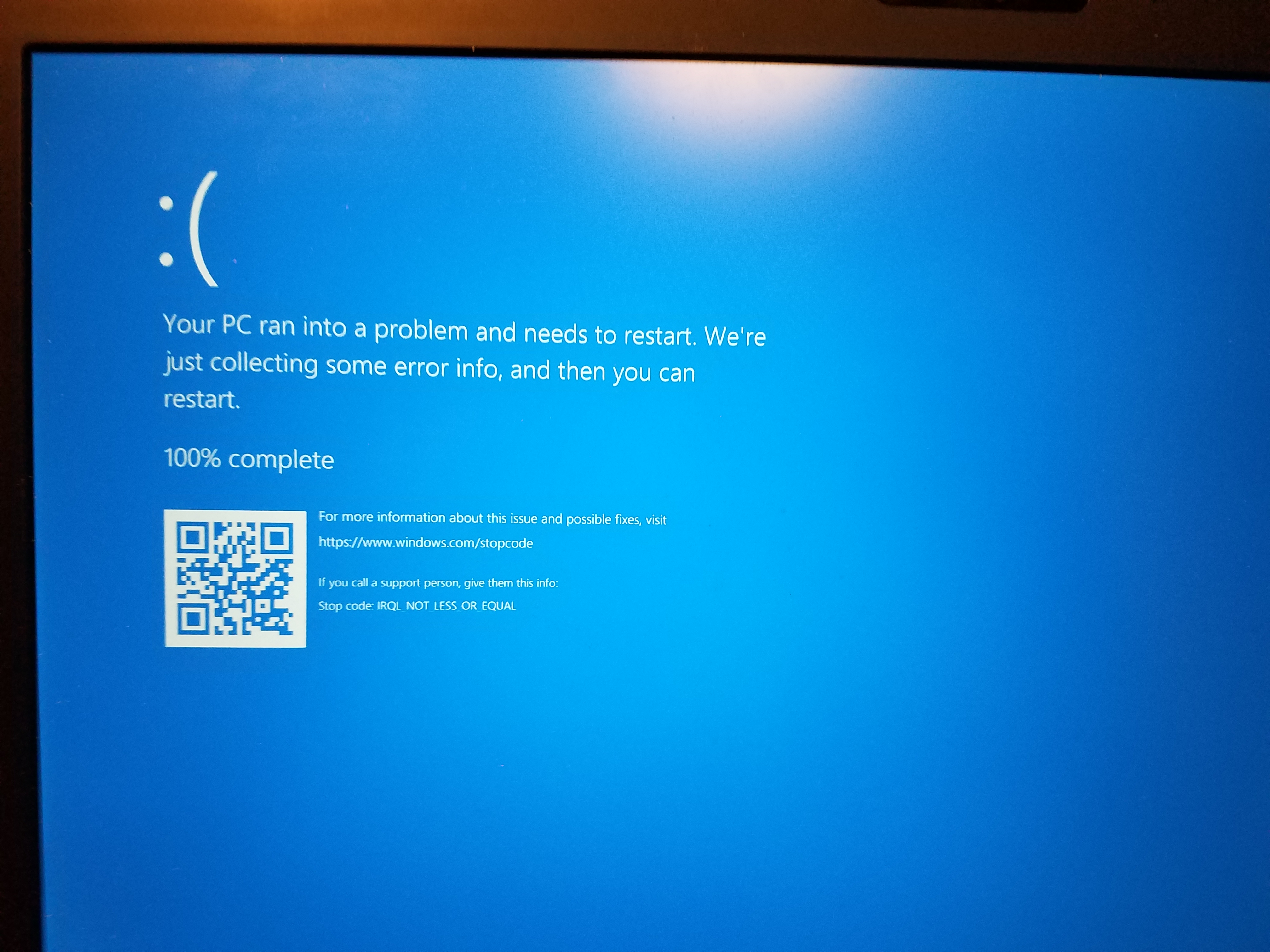Recent CrowdStrike Update Causes Big Tech Outage: What Happened and What We Can Learn

In mid-July 2024, many businesses around the world experienced significant IT issues due to a problematic update from CrowdStrike, a leading cybersecurity company. Here's a breakdown of what happened, how it affected various industries, and what we can learn from this incident.
What Happened?
On July 18, 2024, CrowdStrike rolled out an update to its Falcon agent. Almost immediately, users started reporting major problems. Systems were rebooting unexpectedly, and connectivity issues were rampant. This was especially problematic for Microsoft-based customers who rely on CrowdStrike for cybersecurity.
Who Was Affected?
The update's impact was widespread. Major airlines like American Airlines, Delta, and United faced disruptions. The UK's National Health Service (NHS) also reported issues, which could have serious implications given the critical nature of their services. Even banks and financial institutions weren't spared, highlighting how a single update can affect multiple sectors.
Not a Cyberattack
CrowdStrike quickly clarified that this wasn't a result of a cyberattack or a ransomware incident. Instead, the issue came from a misconfiguration in the update itself. While this means there was no malicious intent behind the disruptions, it still caused significant problems for many organizations.
How Was It Fixed?
Both CrowdStrike and Microsoft moved fast to address the issue. CrowdStrike provided detailed instructions for customers to revert the problematic update. Microsoft also stepped in to support users, especially those using CrowdStrike in Azure environments. Thanks to these efforts, many organizations could start recovering quickly, although it took some time to fully resolve the issues.
What Can We Learn?
This incident offers several important lessons for anyone involved in IT or cybersecurity:
- Test Thoroughly: Before rolling out updates, especially automated ones, it's crucial to test them thoroughly in different environments to catch potential issues.
- Communicate Clearly: Fast and clear communication from CrowdStrike and Microsoft helped manage the situation. In any IT crisis, keeping users informed with accurate information is key.
- Have a Backup Plan: Organizations should always have contingency plans for IT disruptions. This includes having a way to roll back problematic updates and maintaining alternative security measures to keep systems running smoothly.
Moving Forward
In the wake of this outage, both CrowdStrike and affected organizations are likely rethinking how they handle updates. It's clear that finding a balance between rolling out timely updates and making sure they're thoroughly tested is crucial to avoid similar problems in the future.
This incident serves as a stark reminder of the challenges and risks tied to automated updates in cybersecurity. While these updates are meant to boost protection and reduce vulnerabilities, they need to be executed perfectly to prevent new issues from cropping up.
For more details on what happened with the CrowdStrike outage and the steps taken to fix it, check out SC Media and Bleeping Computer.
It's important to stay informed and prepared to handle these kinds of challenges. Doing so helps strengthen our overall approach to cybersecurity.
For more updates and insights on IT and cybersecurity issues, keep following SmartTechTip.com.


.png)


